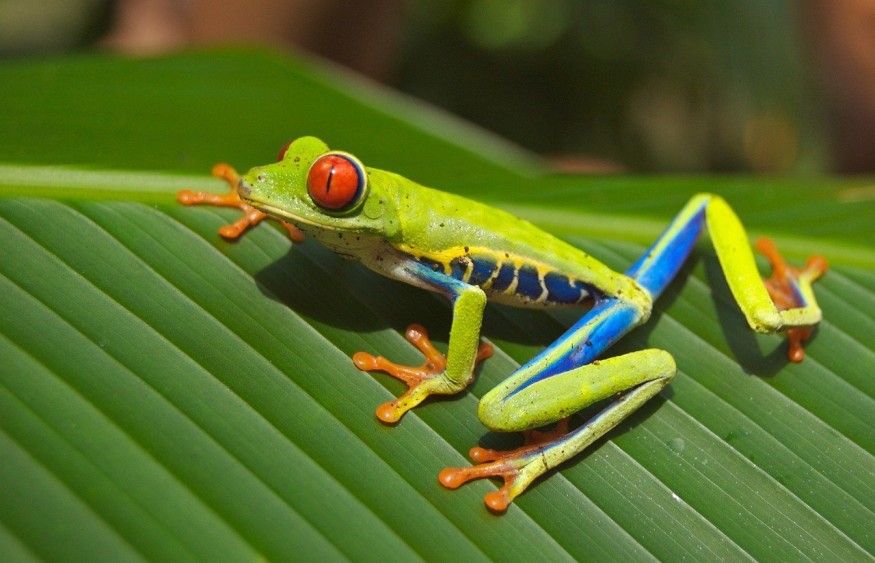Since the 1980s, ecologists noticed a dramatic decline in amphibian numbers in Costa Rico and Panama. Now, a new study links the amphibian die-off to the spike in malaria cases in Central America, demonstrating the direct health consequences of their absence to people.
The COVID-19 pandemic that hit the world in 2020 has made people become aware of the intertwined relationship between human health and animals. Although most conservation efforts are focused on mammals and birds, amphibians also need help; and their declining population is not doing humans any good.

Fungus Killing Frogs and Salamanders
Researchers found that frogs and salamanders in Latin America are falling prey to the fungal pathogen called Batrachochytrium dendrobatidis (Bd) that caused its rapid decline over the past decades.
Some scientists argue that Bd caused the greatest recorded loss of biodiversity linked to a disease, wherein populations of at least 501 amphibian species declined and another 90 species went extinct. Amphibians are one of the most threatened groups of animals on the planet and the worldwide spread of the fungus is just one reason to blame.
According to Science Alert, amphibians like frogs and salamanders influence populations of mosquitoes; and without them, these vectors could freely transmit pathogens and spread deadly diseases to humans.
Researchers tried to illustrate how the amphibian die-off could affect human health. Their study "Archaeologists Is Getting Closer in Determining the Mystery Date of the Infamous Thera Volcano Eruption in Greece" published in Environmental Research Letters shows that Bd-driven amphibian losses led to the substantial increase in malaria cases in the 1980s and 1990s in Costa Rica and in the early 2000s in Panama.
The authors believe it is the first causal evidence of amphibian die-off affecting human health in a natural setting. They wrote in their paper that the pattern shows a west to east wave spreading from Costa Rica to Panama. Over the past eight years, cases of mosquito-borne diseases gradually decline perhaps due to the greater use of insecticides.
Fungus Threatens To Invade Ecosystems Through Global Trade
Science Daily reported that there are concerns about the possible spread of a similar fungal pathogen in the international wildlife trade, such as the Batrachochytrieum salamandrivorans that similarly threaten to cause ecosystem disruptions through global trade markets.
Researchers urge authorities to implement measures to prevent the spread of these pathogens to wildlife by updating trade regulations to target species that host diseases. They believe the long-term benefits of avoiding ecosystem disruptions may be harder to assess but it is potentially massive.
They also recommend future studies focusing on mosquito-borne diseases, such as dengue, to determine and provide support for amphibian loss and the rising threats to human health. Experts have also recorded an increase in dengue cases by about 26% from 2002 to 2007.
The team pointed out that the unidentified impact of biodiversity loss only shows the hidden human welfare costs of the failure to promote the conservation of species.
RELATED ARTICLE: Aquatic Fungus Now a Threat to Terrestrial Frog Survival; Will they be the Next Amphibians to be Wiped Off the Map?
Check out more news and information on Amphibians in Science Times.












